- Joined
- Apr 8, 2015
- Messages
- 703
- Reaction score
- 818



Hi Lobo,My next gun in the works is a Wilson Trade gun with a 48" 20ga barrel. Smoothbores are definitely addicting.

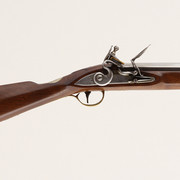
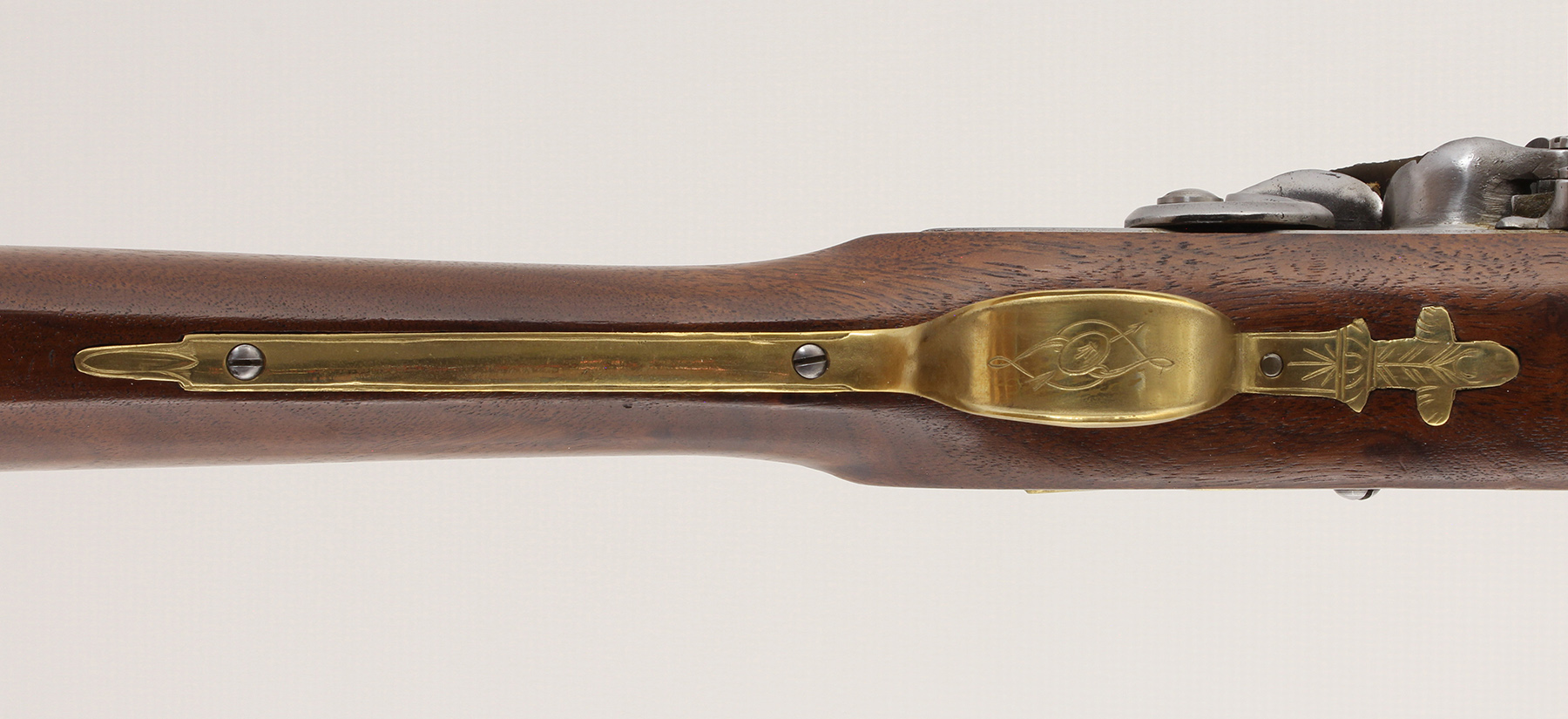
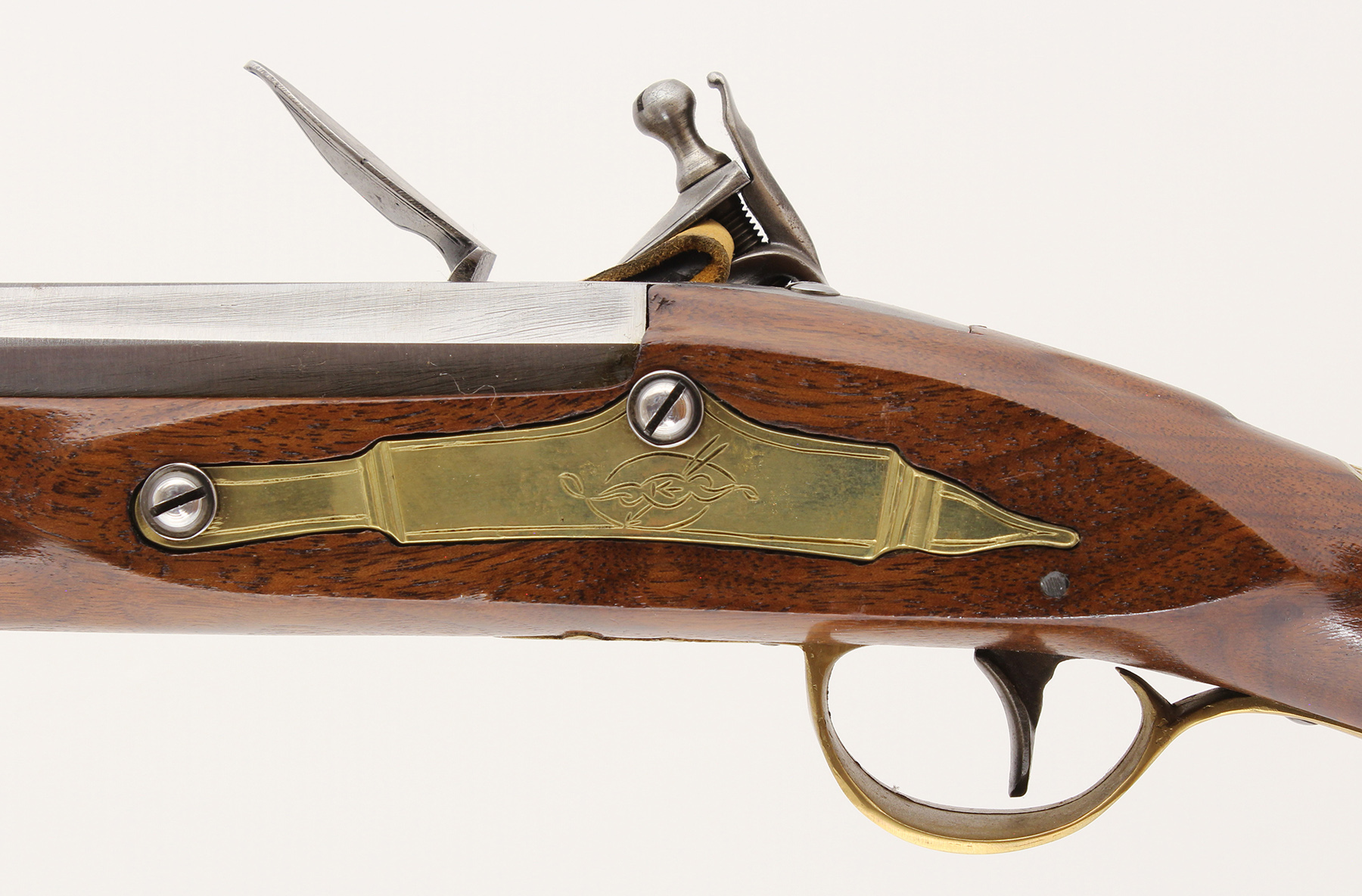
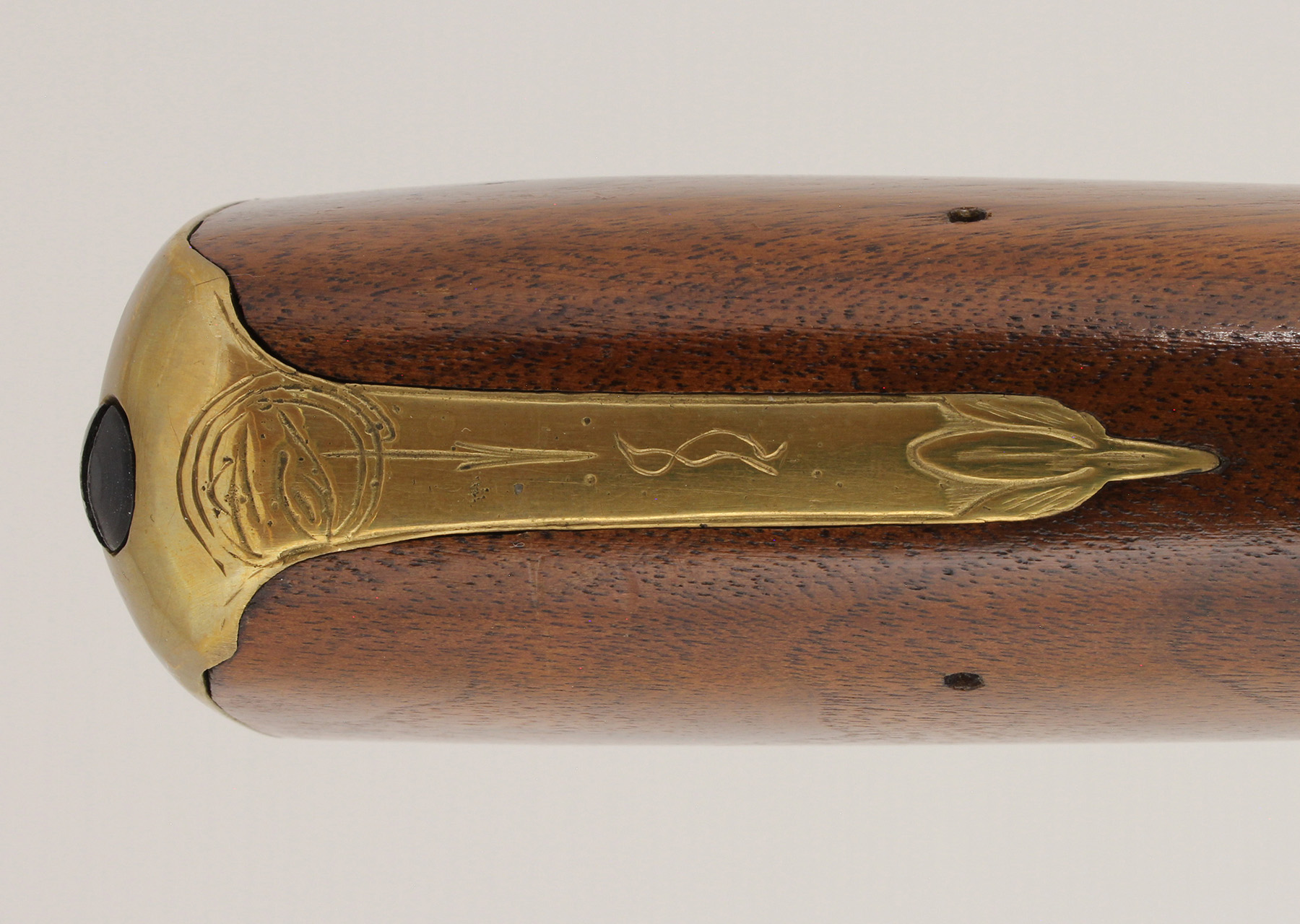
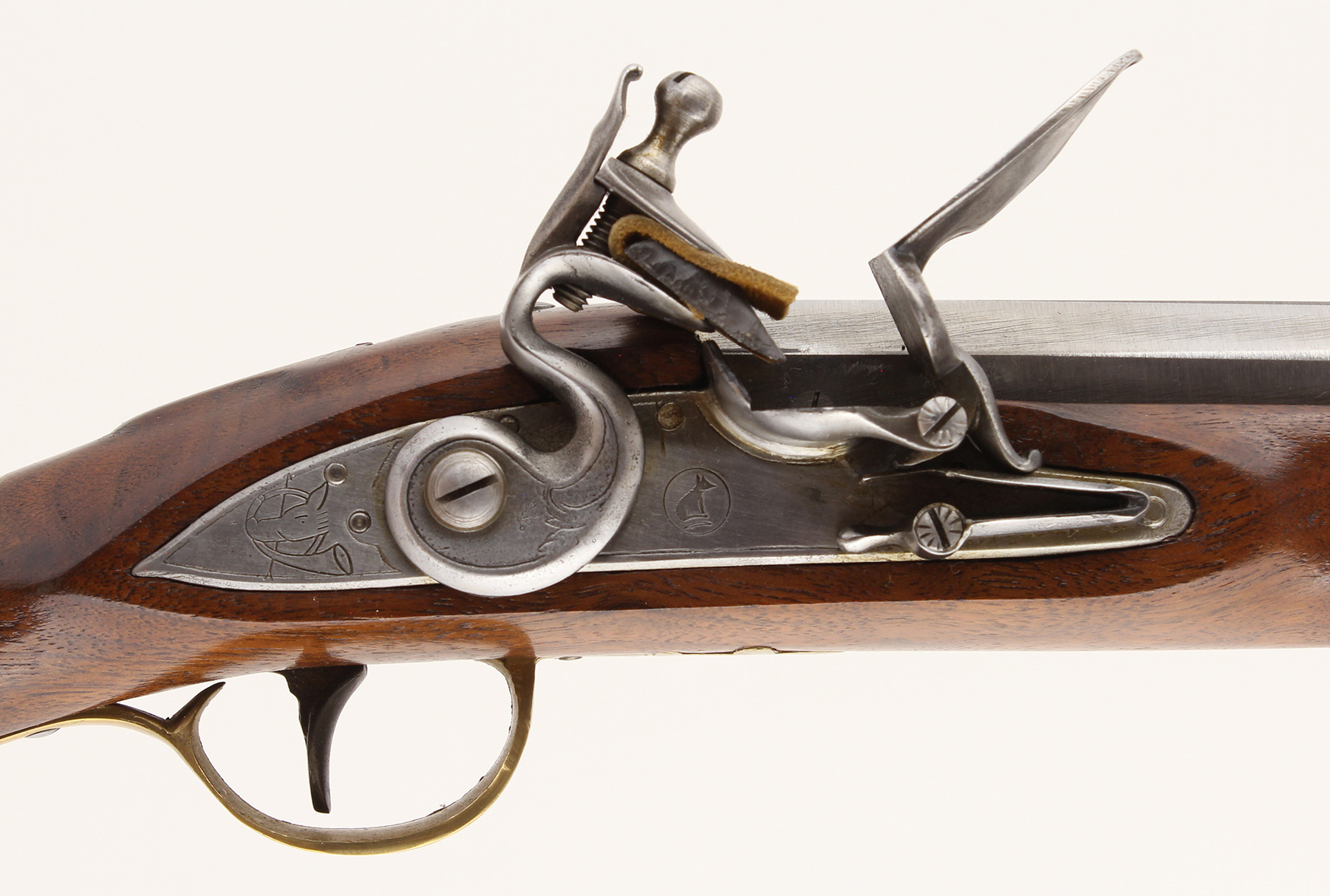

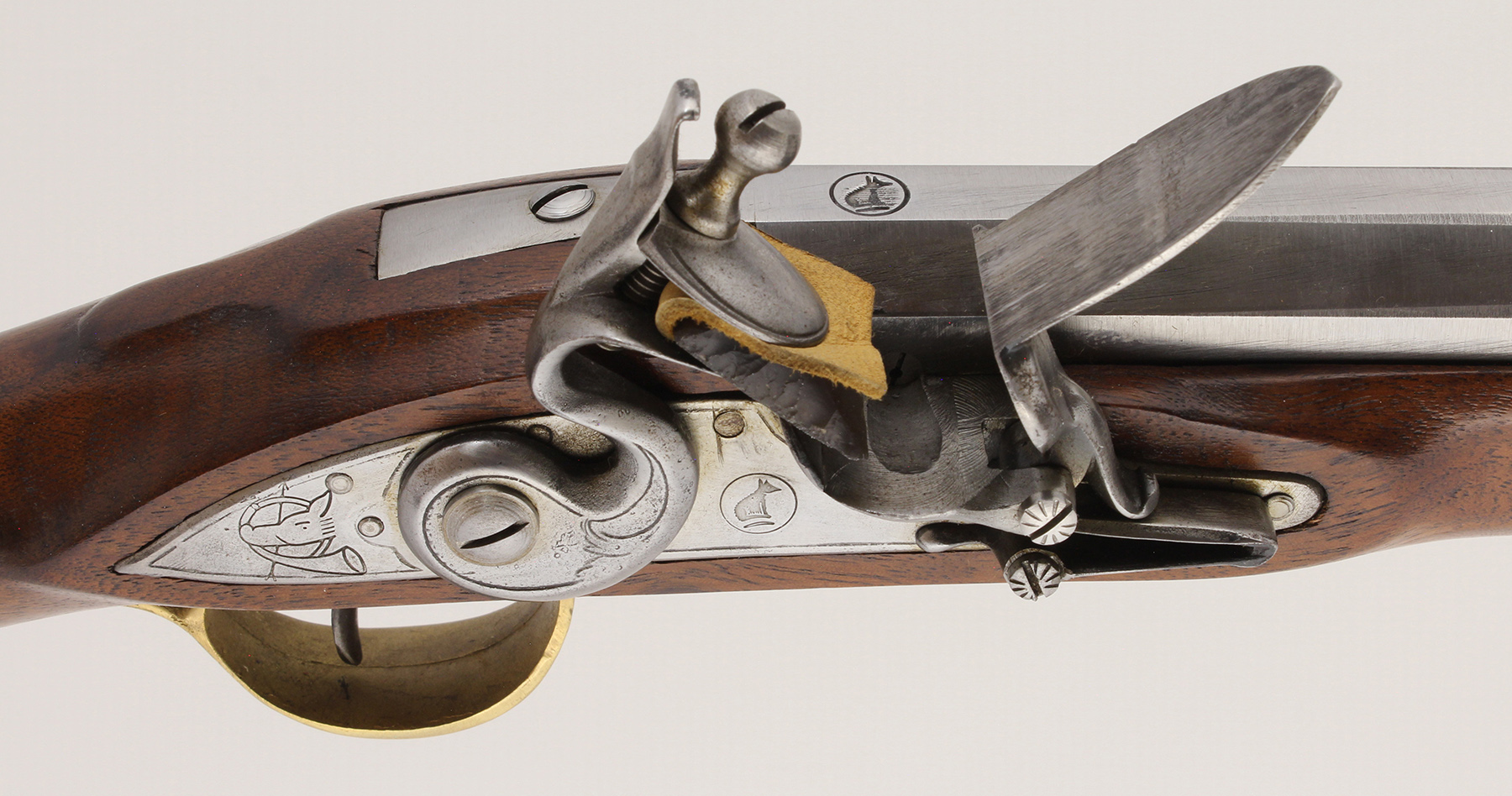
The punchmark fox was the mark that HBC used before the tombstone fox. A review of Barnett guns in James Gordon’s Great Gunmakers for the Early West – Vol I did not show a single Barnett gun with a circle fox even though the Barnett family was likely the main supplier of trade guns to the NWC from the 1780s until it merged with HBC.James A. Hanson - FIREARMS OF THE FUR TRADE. pg 156 said:The North West Company was formed in 1779 and operated until it amalgamated in 1821 with the Hudson’s Bay Company. North West Company records state that its arms were to be marked the same as those of the Hudson’s Bay Company. This is borne out by the fact that the earliest known NWC gun, a Barnett made in 1789, is marked on the lock and barrel with the punchmark fox, while a NWC Barnett made in 1792 is marked with a tombstone fox over “IB”.
James Hanson concluded that the circle fox mark originated with the Michilimackinac Company and was used by them. The British government used the same mark on guns they ordered for their Indian allies leading up to and during the War of 1812. They were trying to hide the fact that they were arming the Indians.James A. Hanson - FIREARMS OF THE FUR TRADE. pg 157 said:The only firm left to account for the civilian Northwest guns (as opposed to British government guns, discussed in chapter 9) marked with the fox-in-circle is the Michilimackinac Company, and its successor, the South West Company…
John Jacob Astor, who founded the American Fur Company in 1808, wrote, “In 1798 the North West Company divided, one with the old name & old stock; other as Michilimackinac Company”…The two companies did not compete against each other, and many of the stockholders owned shares in both firms. The new company controlled the Great Lakes fur trade on the American side of the border, and that territory produced half the furs that passed through Montreal. In 1811 the Michilimackinac Company was reorganized as the South West Company, with Astor as a principal stockholder. After the War of 1812, foreigners were prohibited from trading in the US, and in 1817 Astor absorbed the South West Company into his American Fur Company’s Northern Department.
Hi Phil,Thanks for your positive comments, Dave and Ron.
I agree with you, Dave, that this Chief's Grade gun styling is post-Rev War period. I said, "The style of gun the North Star Enterprises Chief’s Grade trade gun is patterned after was likely first made in the 1780s for the Michilimackinac Company." But I did not mean to imply the Rev War period and should have said late-1780s.
As usual, the whole story on these Chief's Grade trade guns is more complicated than what I presented above. James Hanson has categorized British Government Chief's guns with a lettering system from Type A to Type G, for example. (These are not to be confused with T.M. Hamilton's categorization of types of trade guns nor George Shumway's types of English pattern trade rifles, both of which are different guns.)
The North Star Enterprises Chief’s Grade trade gun is most similar to Hanson's Types C, D, and E. Hanson's Type C has the same stock pattern as the North Star Enterprises gun, but different details on the shape of the butt plate tang, the trigger guard front finial, and the thumb piece. It also had different engraving patterns. Hanson states, "The evidence indicates that the Type C chief's guns were produced after the Revolutionary War and before 1800." He's talking about the government ordered guns, not necessarily the fur company ordered guns, so he is being vague on the date range.
Hanson's Type D has the same pattern and characteristics as the North Star Enterprises gun, but made specifically by Robert Wheeler for the British Board of Trade and first ordered in 1797.
Hanson's Type E also has the same pattern and characteristics as the North Star Enterprises gun, but these are the guns the government ordered during the War of 1812 from at least 16 different contractors.
Hanson doesn't go into any detail on the fur company ordered guns of this type, though we can be sure the Michilimackinac Company and its successors were ordering them. A few specimens have survived that do not have the British government marks on them. It's also pretty common that when there are records of the British government ordering trade guns, there are corresponding civilian guns with the same characteristics. We see this with NW trade guns, these Chief's guns, the English Pattern trade rifles, and trade pistols.
Lastly, this is not the only type of Chief's gun. There is at least one surviving example of a Type G or Carolina gun of higher grade than normal with fowler type cast butt plate and trigger guard. There are also Chief's grade NW trade guns with cast butt plates and trigger guards.
De Witt Baily in British Military Flintlock Rifles 1740-1840 in discussing "Indian Rifles in British Service to 1783" references three Wilson invoices to the government for 312 rifles in three grades, 4,000 fusils, 145 fowling pieces of two grades (what by the 1790s came to be called "Chiefs' Guns"), and 200 pistols of two grades.
That's a classic old Curly gun Eric. I remember shooting up on the primitive range at Friendship and all the cool guys had those. I remember a few of them were 12 ga. , boy those sure kicked! I don't see any of them around any more, I wonder where they all went? Must all be in old men's closets now.
I traded for a 12 gauge Curly gun, perhaps five years ago. Beautiful flintlock but after a few hundred rounds and a brutalized cheek and shoulder I sent her to a new home with a nice fellow in Atlanta. If she’d been a smaller bore most likely would be the most popular member of my collection.
I’d love to find one in 24 or28 bore.There was a reason I bought a Curly kit in 24 gauge.
Still have the finished trade gun all these years later.
Got lucky and just picked up a .62 cal, 36" NSW trade gun on gunbroker yesterday! Not trying to rub it in, just to encourage patience. They are rare, but are out there. I have also been looking and waiting for quite sometime.I've been looking for a 36 inch barreled .62 caliber North Star West gun for awhile but they're tough to find. My hope is that if a NSW gun never drops in my lap Jim Kibler will decide to make a kit.
If you had to pick just one for shooting shot loads and ball loads in,'which caliber would you pick as the most all-around useful?I've owned a few (7) Northwest trade guns, 3 of which were Curly's. One was actually made by him. The best was one of Curly's kits my old pal put together back in the 80's barreled in .58" cal x 42" long. It shot like a rifle. The 1st one I made was a Curly kit back in 86'. It was butt ugly but I could hit anything I aimed at. I had a chance to buy it back last summer and passed. I traded a Centermark Tulle for a Northwest gun stocked in ash. It was a real pretty piece of wood. I've also made 3 with cherry wood for my grandchildren. Now I shoot a 11 gauge Dutch gun. It shoots well but it really takes a lot of lead & powder.
I have owned a whole bunch of fowlers & trade guns, too many to remember. There are a few I've let slip through my fingers I'd like back, too.
Enter your email address to join: